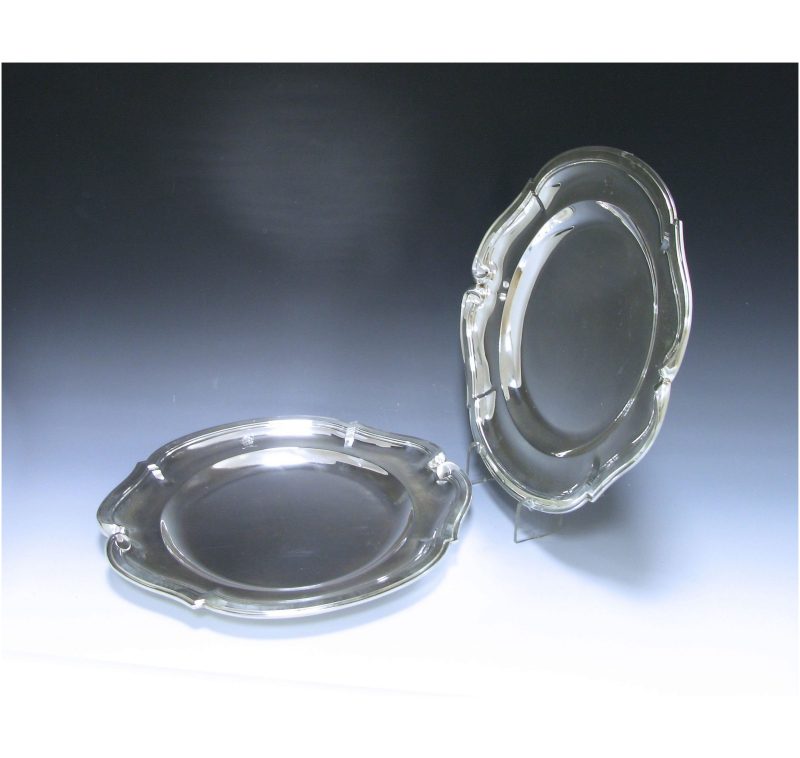
Tetard Freres
Tétard Frères, founded 1880. Edmond Tétard took over the business of the renowned master silversmith Émile Hugo in 1880. He registered his mark in the August of that year, giving the workshop address as 4 Rue Béranger, north of the Marais in central Paris.
He was a talented craftsman and his work soon came to the attention of both clients and his contemporaries. The firm specialised in creating beautiful sets of flatware and other table ware such as coffee and tea sets, decorative trays and urns. All the pieces featured elegant proportions and were finely wrought, many embellished with decorative details and hand engraving.
He exhibited at the Exposition Universelle in Paris in 1889, where he was awarded a gold medal for his outstanding designs and fine quality silverware, much of which was influenced by Rococo style. Tétard’s pieces were highly sought after by a discerning clientele and he became a favourite of the French aristocracy.
After Tétard’s death, the firm passed to his three sons Henri, Jacques and Georges. It was renamed Tétard Frères, and the brothers retired their father’s maker’s mark and registered their own in February, 1903. The firm went on to become one of the leading silversmiths of the early 20th century and their Art Deco style pieces were widely admired. They exhibited at the Paris Exposition of 1925.
The designers Valery Bizouard and Louis Tardy - who were renowned for their artistic talents and avant-garde leanings - joined the firm around 1919. Along with Henri Tétard’s son Jean, they were responsible for masterminding works that brought the firm wide acclaim and numerous awards. Bizouard’s designs helped cement the company’s reputation for beautiful and finely made works that reflected a deep respect for the past, whilst simultaneously acknowledging and understanding the taste and demands of the modern era.
An article published in 1930, observed that: “In Tétard’s search for new patterns and pure harmonies, we will readily discover the care they have always shown for adorning the modern home with pieces that are clearly of our time and whose forms reflect its spirit and style while still retaining …. noble and subtle affinities with the finest productions of the past.”







